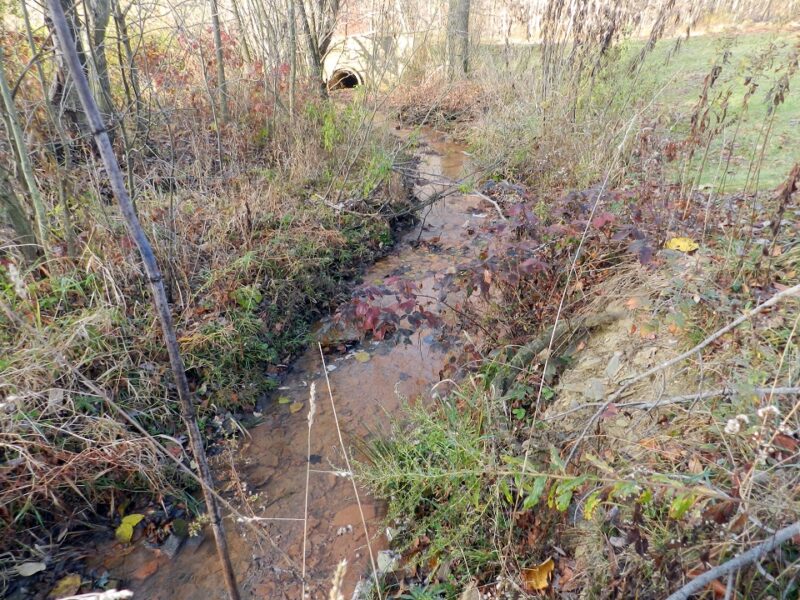Pennsylvania receives $150,000 for acid mine drainage project

On Thursday, the U.S. Department of Interior’s Office of Surface Mining Reclamation and Enforcement awarded $150,000 to the Western Pennsylvania Coalition for Abandoned Mine Reclamation (WPCAMR) for a project in Cambria County, Pa.
The funds will be used for the Victor #10 Abandoned Mine Discharge Pipeline Construction Project in West Carroll Township to construct an underground pip that will collect and transport abandoned mine discharge to an existing mine treatment plant. WPCAMR is a nonprofit dedicated to reclaiming lands and streams polluted by coal mining. The funding is part of President Joe Biden’s administration’s efforts to clean up legacy pollution and revitalize coal communities’ environments and economies.
“Healthy watersheds are essential for communities, supplying water for municipal, industrial, agricultural and recreational uses,” said OSMRE Regional Director Thomas Shope. “WCAP funds help restore watersheds that have been negatively impacted by abandoned mine lands and support citizen-based conservation in coal communities.”
WPCAMR will partner with the Cambria County Conservation District, the Susquehanna River Basin Commission, the PA Department of Environmental Protection Bureau of Abandoned Mines Reclamation, the PA Association of Conservation Districts Technical Office, Clean Streams Foundation, and several private landowners. Once the water enters the mine treatment plant, it will go through a series of ponds to remove metals before entering the stream as clean water.
“People usually don’t associate abandoned mine drainage with the Susquehanna River and the Chesapeake Bay; yet there is significant AMD impact, especially in the upper reaches of the West Branch Susquehanna River,” said John Dryzal, district manager, Cambria County Conservation District. “The Victor #10 discharge is the first AMD discharge impacting the West Branch Susquehanna River. The Cambria County Conservation District investigated addressing this discharge over a decade ago, but treatment at that time was not feasible. Fast forward over 10 years, and we now have a viable treatment option that will contribute more than 78,000,000 gallons of clean water annually to the Susquehanna River and the Chesapeake Bay.”
